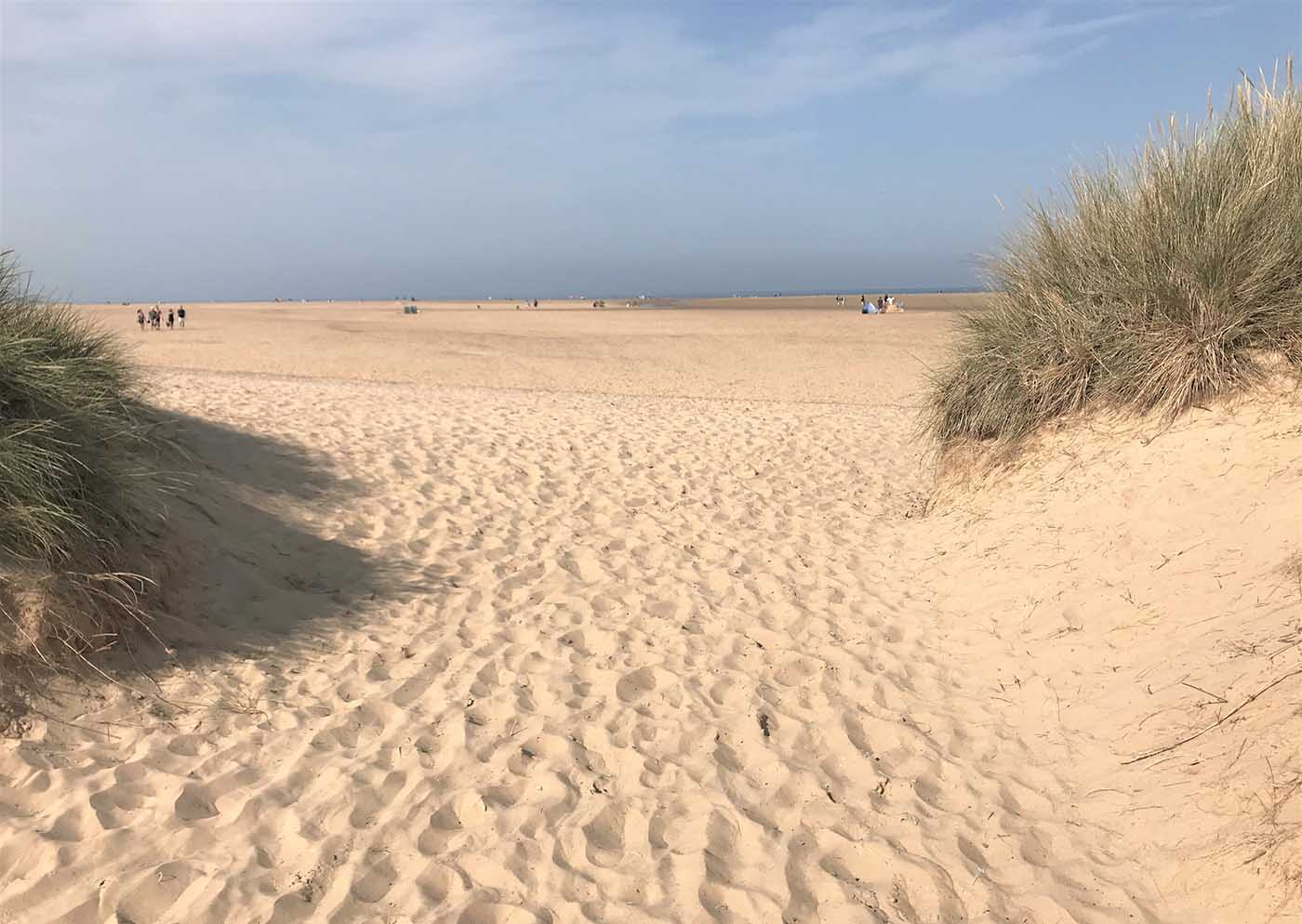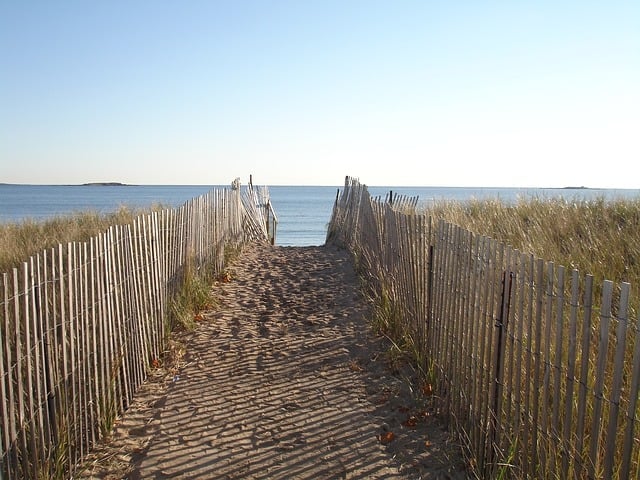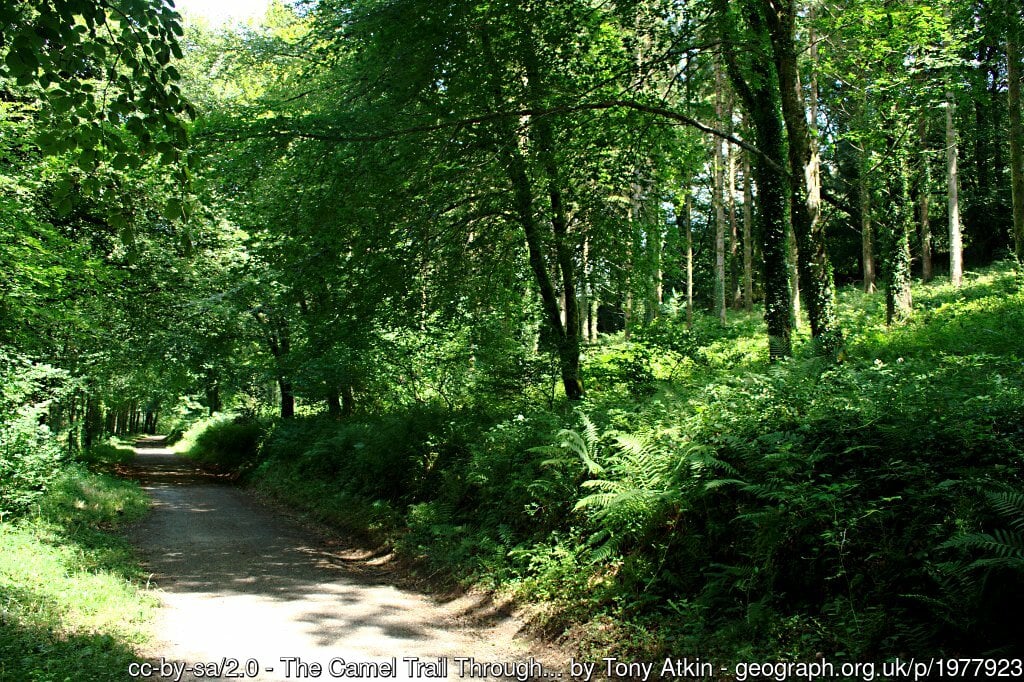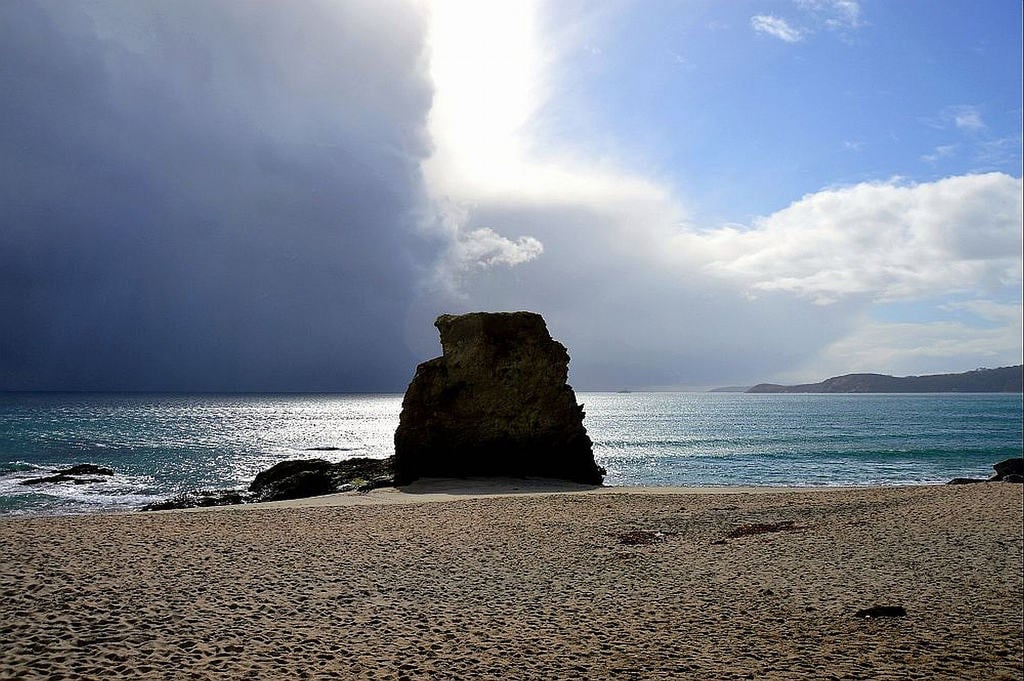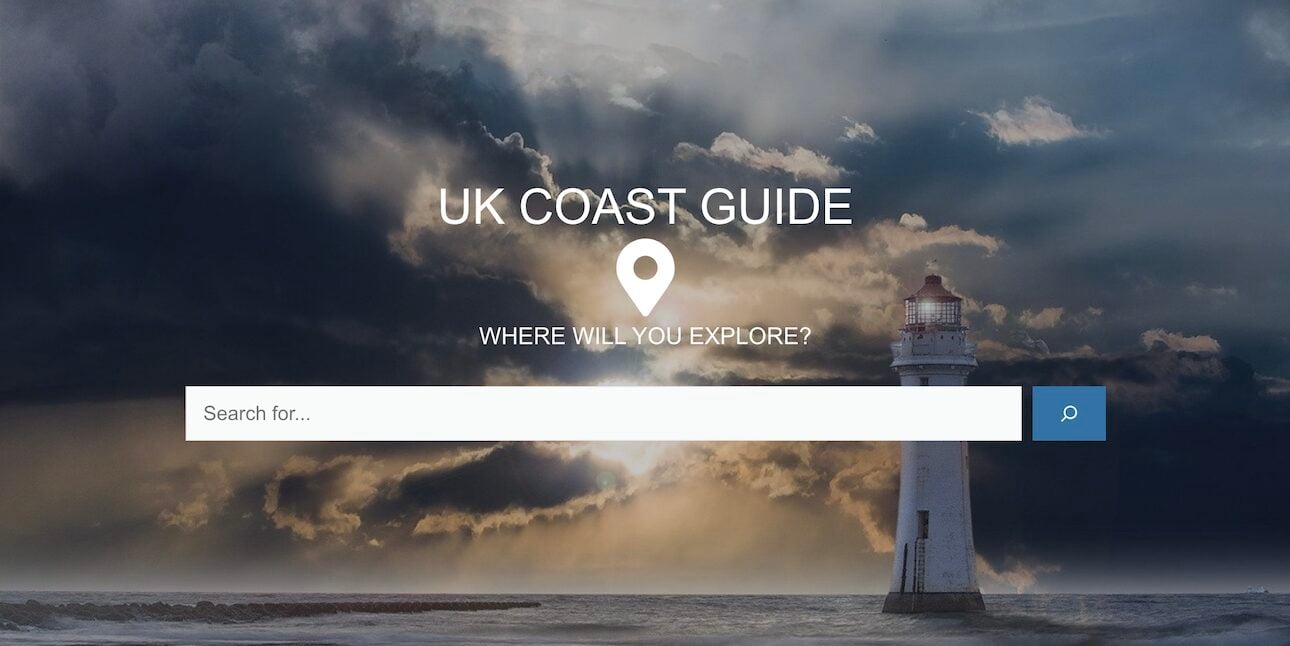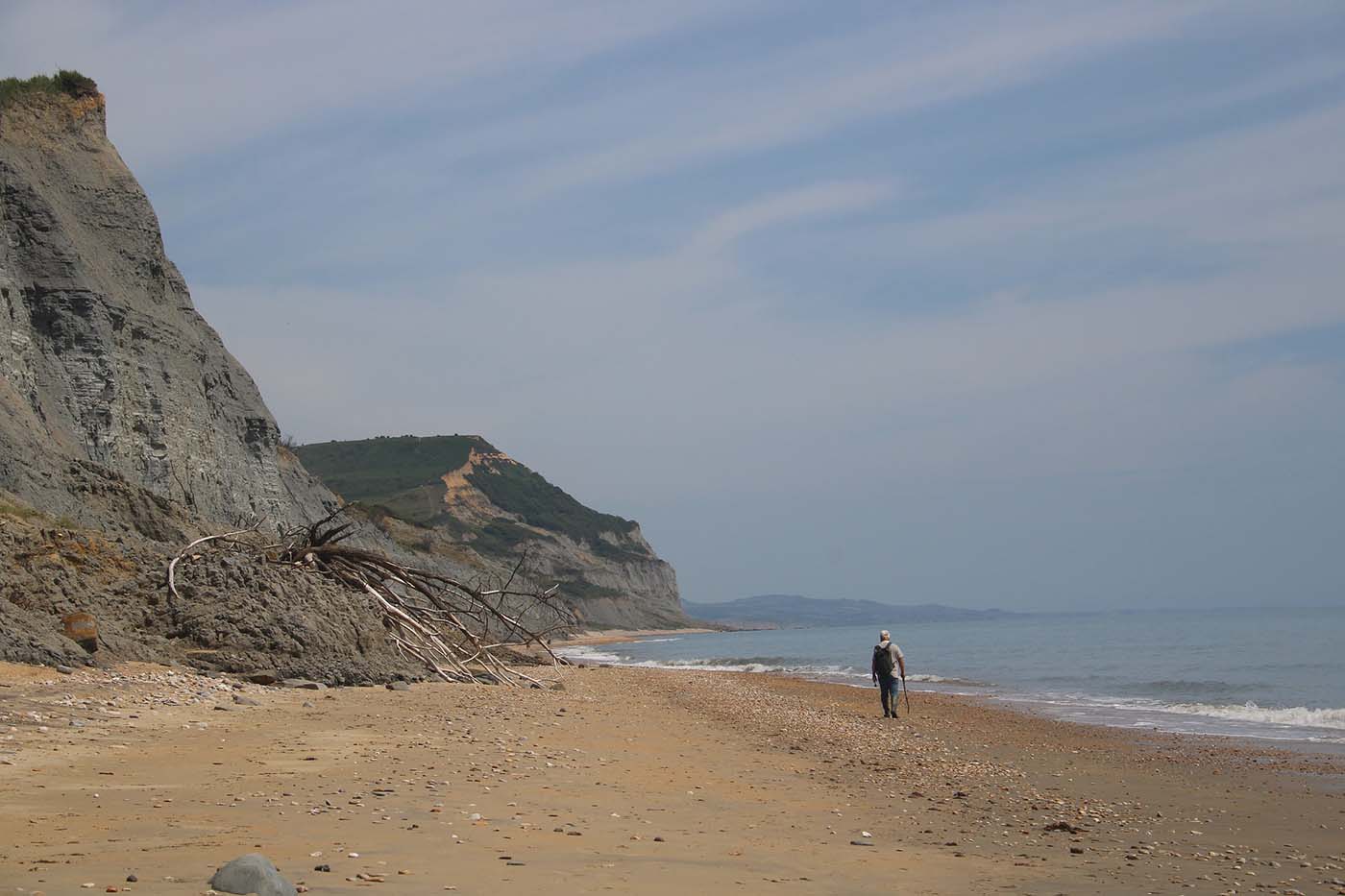UK COAST GUIDE
WHERE WILL YOU EXPLORE?
UK Coast Map
The one place to find out about all things on the coast. From beach to cliff, from headland to harbour, wherever you want to go, whatever you want to do. Coast Radar helps you find the right spot.
Explore things to do by interest
All our entries are tagged to help focus your search – click on the word below.
Activities Animals - Wildlife Aquariums Art - Culture Attractions Beaches Beach Huts Blue Flag Awards Boat Trips Cafes Castles and Forts Chip Shops Dog Friendly Dog Restrictions Dogs Prohibited Harbours History - Heritage Lidos - Pools Lifeboats Lighthouses Museums Outdoors - Nature Piers Pubs Restaurants Seaside Awards Shops Tearooms ZoosThe A-Z of the UK’s Coastal Regions
Do you already have a destination in mind? Then, jump to our destination guide with our A-Z of Regions.
Latest Articles
-
Ask a Local about the Norfolk Coast!
When people think about the English seaside, they often picture the brash, noisy resorts that were popular in the ’60s. A seaside vacation can be that, but it could be so much more. The joy of the English coast is that there are so many types to choose from. There are seaside resorts where…
-
The UK Coast and Beaches
The UK coast provides such diversity in such a small area, and to cap it all off, none of us lives more than 75 miles from it. Once at the coast, you can travel just a few miles in any direction, and it feels like you have entered a different world. It is very…
-
Walking and Cycling The Camel Trail in Cornwall
The Camel Trail is a popular scenic walking, horse and cycling route in Cornwall. It stretches approximately 18 miles (around 29 km) along a disused railway line. This multi-use trail follows the course of the River Camel and connects the towns of Padstow, Wadebridge, Bodmin, and Wenfordbridge. The trail is mainly flat and traffic-free,…
-
Top 5 Scottish Beaches for Your Next Escape
Scotland’s coastline is remarkably long and indented, stretching over an estimated 10,000 miles (about 16,000 kilometres) when you include the mainland and the numerous islands. The complexity and diversity of Scotland’s coastline, from the sandy beaches of the Hebrides to the rocky cliffs of the northeast, have made it a point of interest for…
-
Discover the UK Coast Like Never Before: Your Ultimate Pocket Guide
In the age of smartphones and instant information, having a comprehensive UK coast tourist information website at your fingertips is an invaluable resource for explorers, families, and solo adventurers alike. Whether strolling along Cornwall’s serene beaches, exploring the Scottish coastline’s rugged beauty, or enjoying the vibrant seaside towns of the English Riviera, Coast Radar…

